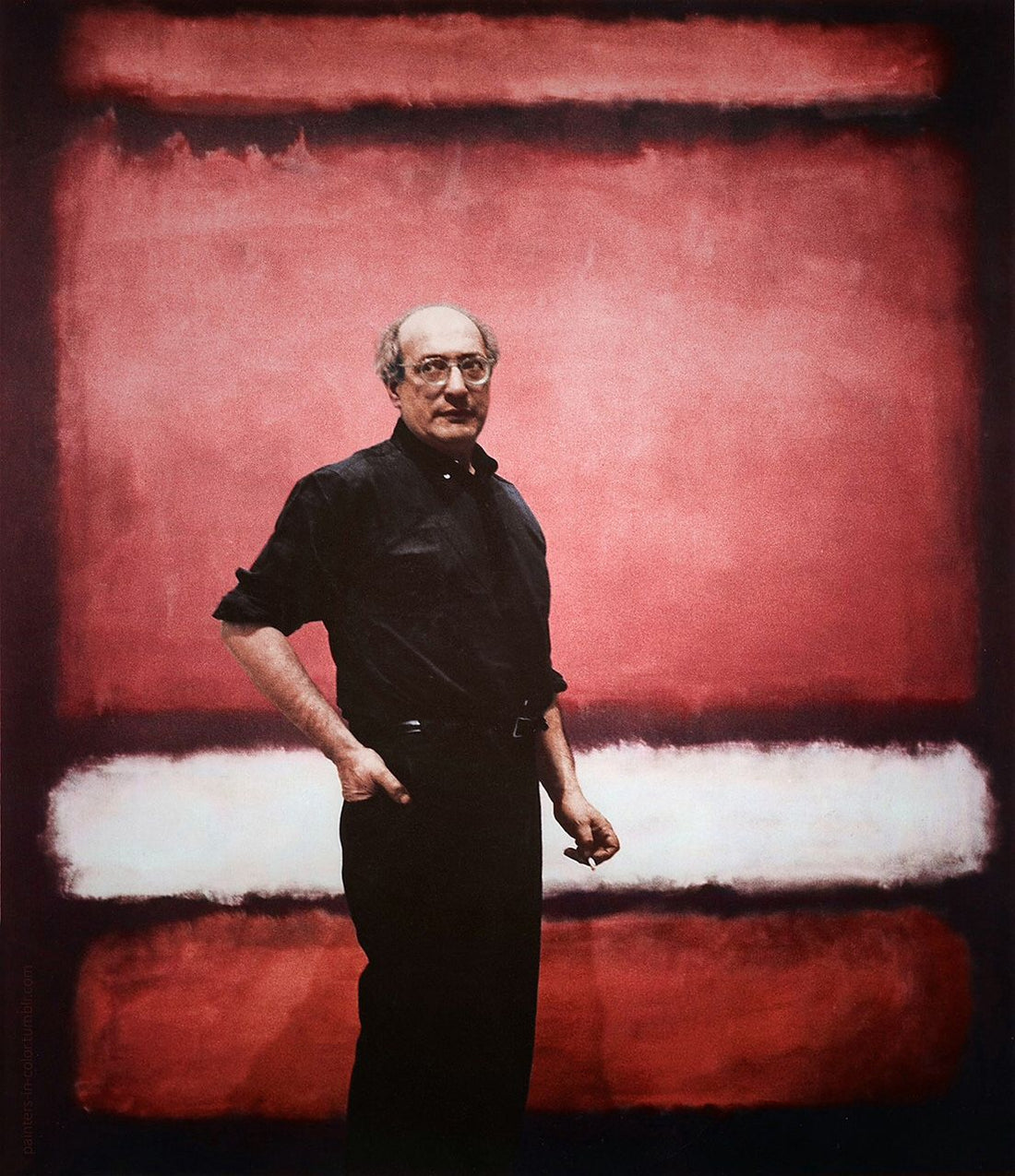Alright, buckle up and hold on tight, because we're about to take a ride through the wild world of Mark Rothko.
This Latvian-American Painter made a name for himself with his colorful and abstract paintings. From 1949 to 1970, he produced works that featured irregular and painterly rectangular regions of color that would make your eyes dance with delight. And although he didn't adhere to any particular school of thought, he's often associated with the American Abstract Expressionist movement of modern art.
Markus Yakovlevich Rothkowitz was born on September 25, 1903, in Daugavpils, Latvia, and eventually found himself in Portland, Oregon, after moving with his family from Russia. In his early period, from 1924 to 1939, he dabbled in representational art, heavily influenced by impressionism, mostly depicting urban scenes. But it was during his mature period, from 1951 to 1970, that he truly hit his stride with those captivating color field paintings. He wanted to create "dramas" that would elicit an emotional response from the viewer, and boy did he succeed.
During the 1940s, Rothko went through a transitional phase where he experimented with mythological themes and Surrealism to express tragedy. And in his later career, he executed several canvases for three different mural projects.
Now, you might be thinking that a painter who created such mesmerizing works would have lived a lavish lifestyle, but that wasn't the case for Rothko. He lived modestly for much of his life. But that doesn't mean his art wasn't valued. In fact, the resale value of his paintings grew tremendously in the decades following his suicide in 1970. And in 2021, one of his works sold at auction for a staggering $82.5 million.
If you're curious to see more incredible artwork inspired by his legacy, you can check out the art gallery Ignitestudioprints.com. But be warned, once you enter the world of Abstract, you might not want to leave.
"The most interesting painting is one that expresses more of what one thinks than of what one sees." Mark Rothko.
